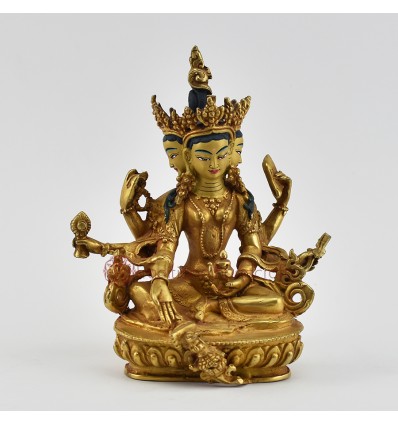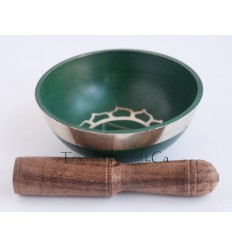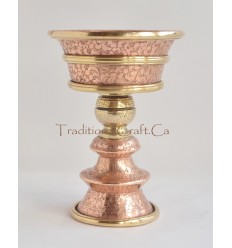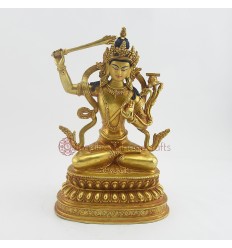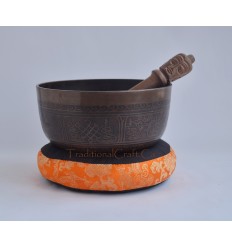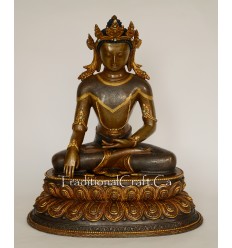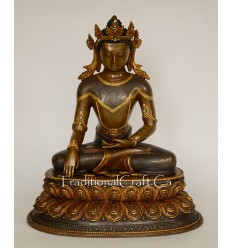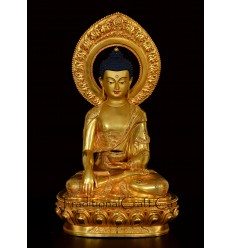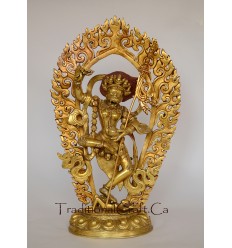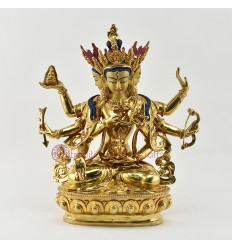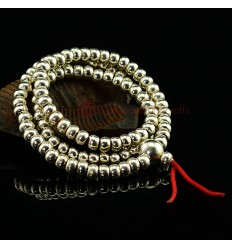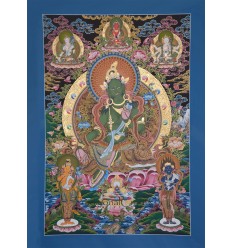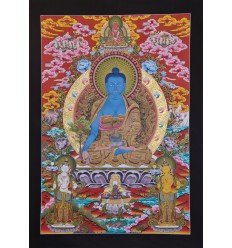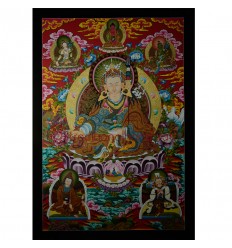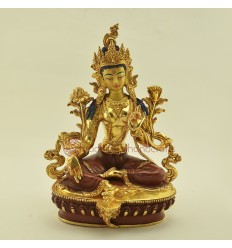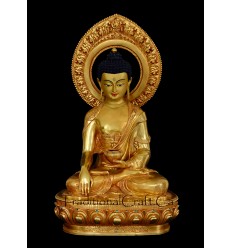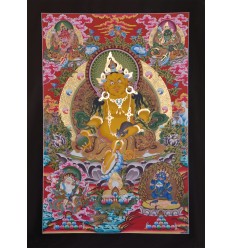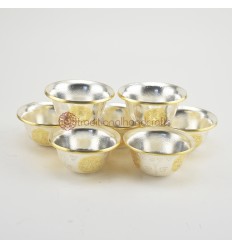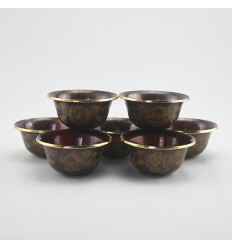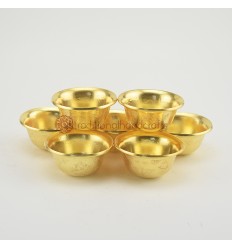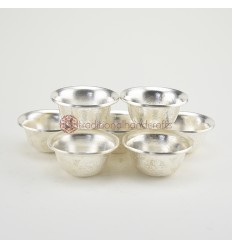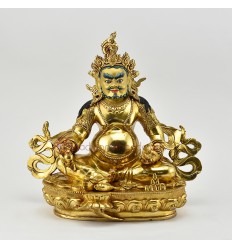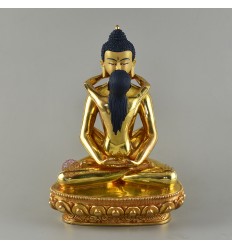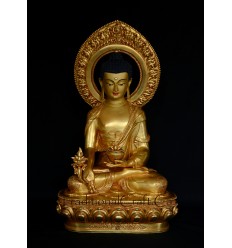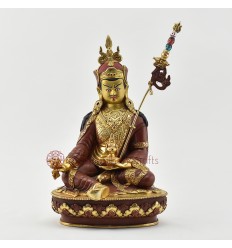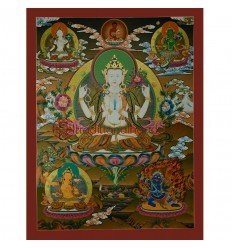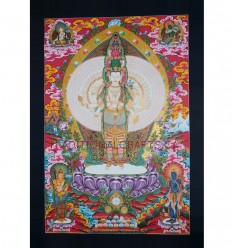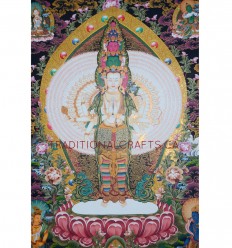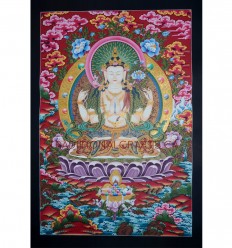No products
Product successfully added to your shopping cart
There are 0 items in your cart. There is 1 item in your cart.
Beautiful Gold Plated and Hand Painted Face 6.5" Vasundhara Statue
761768125069
New
Fine Quality Beautiful Lost Wax Method, Copper Alloy with Gold Plated and Hand Painted Face 6.5" Vasundhara Statue From patan, Nepal.
1 Item
Warning: Last items in stock!
Vasundhara Statue
|
Name |
Vasundhara Statue |
|
Height |
6.5” |
|
Width |
5.5” |
|
Depth |
3” |
|
Material |
Lost Wax Method, Copper Alloy with Gold Plated and Hand Painted Face |
|
Actual Weight |
0.856 Kg. |
|
Ships From |
Patan, Nepal |
|
Shipping Provider |
Express Shipping Service |
|
Shipping Time |
Usually ships within 48 hours. Allow 5 – 7 business days for delivery worldwide. |
|
Insurance |
Insurance is included in the shipping cost. |
Vasundhara – Goddess Abundance
Vasundhara (Tibetan: Norgyunma) is a goddess of wealth; fertility, and well-being. She blesses her worshippers with both material prosperity and spiritual wealth. Like most of the Mahayana goddesses; her heart is filled with compassion and loving-kindness toward all beings. She is the embodiment of the boundless generosity (dana), the first of the six transcendent perfections (Sanskrit: paramitas), fundamental for the Bodhisattva path. According to the Buddhist tradition, Vasundhara is able to magically materialize the wealth for the one who chant her mantra and perform the rituals that invoke the deity.
The goddess originated in Indian Buddhism and was later transmitted to Tibet. In India, she is compared to Laxmi, the Hindu goddess of wealth, fortune, and abundance. Both female deities have identical iconography and often appear with their husbands. Laxmi’s husband is Vishnu, and Vasundhara’s one is Kubera, also known as Vaishravana or Jambhala, called Dzambhala in Tibet.
The worship of Vasundhara is traced in numerous statues, manuscripts, and other religious objects. Her iconographic image carries the characteristic features of the goddess of the Mahayana pantheon with some distinction between Indian and Tibetan traditions. In Tibet, she is worshipped mainly by the lay people. The monastic community traditionally prefers Tara (Tibetan: Dholma) for everything related to material and spiritual well-being although both deities perform the same role. As an embodiment of one of the group of twenty-one Taras, she is called “Vasudhara granting wealth and eliminating poverty.”
Gestures and Attributes
In Indian Buddhist art, the goddess is depicted in yellow color, symbolizing a wealth, fertility, and the shine of spiritual vitality. Most often she is depicted in a peaceful expression, with one face and two hands. Her right hand is in Varada Mudra, the gesture of generosity and sometimes she holds a gemstone a bilva fruit, symbolizing wealth. In her left hand, she holds a stem with grains, expressing the idea of accumulated harvest and abundance.
Sometimes with her left hand she holds a pot with seeds and precious stones or a lotus on which the vessel is placed. Her body is in a standing or sitting posture (Padmasana or Lalitasana). When she is depicted in Lalitasana, her right foot is placed on a vessel that is overflowing with riches or lotuses. There are also images of the goddess with four hands, in two of which she holds a gemstone and a pot of abundance, and the other two hands are in the Varada and Abhaya Mudra, the fearless gesture.
In Tibetan art, Vasundhara appears in an iconography similar to the Indian one – yellow in color, usually with two hands. She holds a gem in her right hand and a stem with grains or a pot of wealth in the left. There are four and six-armed images that have been transmitted to Tibet from Nepal’s Newari artistic tradition. In such images the goddess is depicted with three heads (one yellow and two red) and six hands. One of her right hands is in Varada Mudra and the other two hold a rosary, an expression of the spiritual aspect of her welfare, and precious gems. In her left hands she holds texts, a stem with grains a small pot. She sits in Lalitasana, and her right foot is stepped on a shell, placed above the pot of wealth.
In Tibetan iconography, images of the goddess sitting beside her husband Dzambhala or in union with him are often found. In these cases, she holds a stem with grains in her left hand and a rosary in the right.
In the Shakya School of Tibetan Buddhism there is a Tantric version of the goddess, red in color, with ornaments of bones holding a stem of grains or precious gems in the right hand, and a Kapala (skull cup) with blood in her left hand. Her red form is also depicted in union with Dzambhala, who is in the same color.
Vasundhara is one of the symbols of material and spiritual wealth in Mahayana Buddhism of India and Tibet. Despite her popularity among laypeople, the goddess remains in the shadow of the goddess Tara.
About this Sculpture
Cast from copper alloy using the Lost Wax Method and gold plated with a hand-painted face; this statue is a beautiful portrayal of Vasundhara. This sculpture was individually handcrafted in Patan, Nepal by master artisans of the Shakya clan who are considered among the best in the world. These craftsmen are the modern heirs to a centuries-old tradition of creating sacred art for use in temples and monasteries. The fine metalworking techniques have been passed down from generation to generation since ancient times.
No customer comments for the moment.


